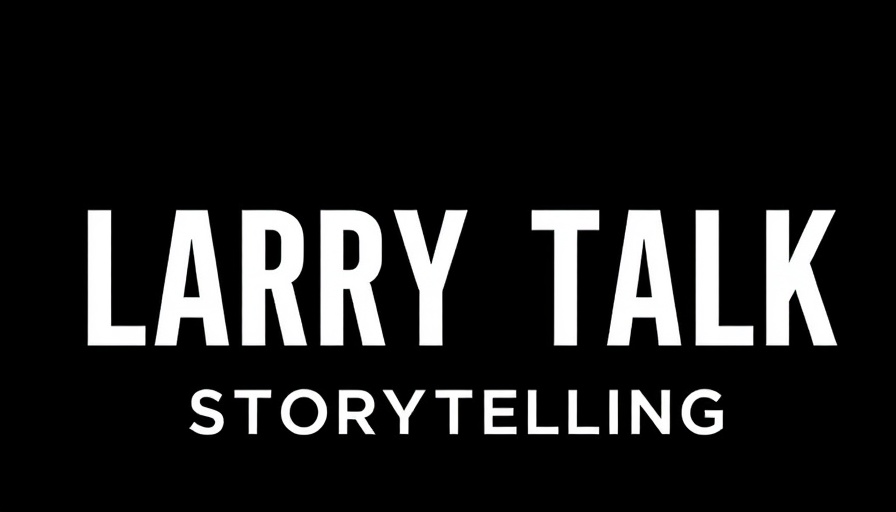
Unfolding the Power of Storytelling in Automotive Sales
In the fast-paced world of automotive sales, the art of storytelling is not just a technique—it’s a game-changer. Larry J. Feldman, in his insightful talk on storytelling, taps into a fundamental truth about human connection that every car dealership owner and general manager should embrace. Effective storytelling can transform a mundane sales pitch into a resonant experience that builds lasting relationships with customers. When done right, it not only enhances communication but ultimately drives sales.
In LARRYTalk #24 Storytelling, the discussion dives into the critical role of storytelling in automotive sales, prompting us to explore its profound implications further.
Why Storytelling Matters
Storytelling is elemental. It helps bridge the emotional gap between what you’re selling and the customer’s needs. It’s about making them feel understood and valued. Imagine you’re in a dealership; a sales consultant doesn’t just present the car’s features. Instead, they share a compelling narrative—perhaps about a family road trip or a customer’s adventure that was made possible because of their new vehicle. This personal touch not only engages the customer but also reinforces the product’s value in their lives.
The Structure of a Good Story
As Feldman suggests, good storytelling should have a clear beginning, middle, and end—just like any memorable sale. The beginning grabs attention, the middle complicates matters, and the end resolves them. For instance, start with a relatable situation; include some challenges faced during previous automotive sales; then, share how overcoming those challenges led to a successful sale and satisfied customers. This structure keeps the listener engaged and creates an emotional connection that numbers alone cannot achieve.
Listening and Empathy: The Keys to Effective Storytelling
One of the most powerful components of storytelling is empathy. Listening to customers and incorporating their needs into your narrative can make all the difference. When a salesperson actively listens to a customer’s story and then reflects on those details in their own narrative, it fosters a deep connection. This practice not only shows the customer that they are valued but also illustrates how the car they are considering fits into their own story.
Practical Steps for Enhanced Storytelling in Sales
To refine storytelling skills, consider integrating automotive training that focuses on this crucial aspect of sales. Car dealerships could benefit from organizing a 'Car Training Day,' featuring workshops on auto sales training that emphasizes storytelling techniques. Embracing these workshops means investing in your team's ability to connect and engage with customers. For those interested in self-paced options, there are a plethora of automotive classes online that can help refine storytelling skills and boost salesmanship.
Conclusion: Start Your Story Today
Storytelling in automotive sales is not just a tool; it's a powerful ally that can enhance communication and build rapport with customers. By practicing and mastering the craft of storytelling, you can drive more than just sales—you can foster genuine connections. So, take the time to hone your skills, listen empathetically, and create your own compelling narratives. After all, every sale is more than a transaction; it’s a story waiting to be told.
 Add Row
Add Row  Add
Add 




Write A Comment